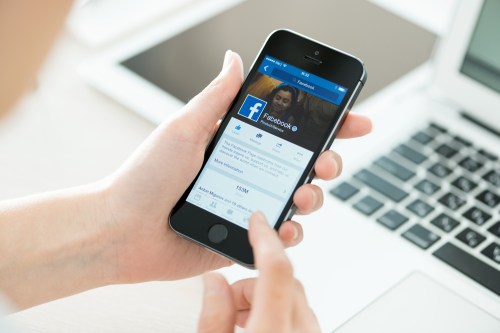
Two patents filed at the end of 2015, both by Facebook engineer Sanjai Kohli, detail a low-power, flexible network that could be deployed in remote regions of the world which lack any sort of conventional connectivity. One describes a “Next-Generation Data Network,” millimeter-wave radios that overlap coverage to form an self-amplifying mesh. Another describes a “cloud-based routing system” that might manage such a network: centralized software would adjust the transmission variables of individual radios in the network — specifically, the “route and frequency channel assignments, transmit power, modulation, coding, and symbol rate” — in order to maximize said network’s capacity and reliability.
Facebook’s millimeter wave research is clearly in the preliminary stages — the patents have yet to be approved — but it’s unclear if the company’s approach in any way mitigates the technology’s shortcomings. Starry’s proposed system, for example, is limited to a range of 1-2 kilometers and affected by weather conditions, walls, and other solid objects.
And as but one of the Connectivity Lab’s ongoing developments, there’s no guarantee Facebook’s millimeter-wave technology will ever see the light of day. The division’s experimenting with satellites, and in July of last year unveiled “Aquila,” a autonomous, stratosphere-bound aircraft intended to fly high above commercial airspace (between 60,000 and 90,000 feet). It’s outfitted with an Internet-disseminating laser capable of beaming tens of gigabits of data per second, and, if all goes according to plan, will deliver Internet to 21 countries across Latin America, Africa, and Asia by 2019.
Facebook acknowledged the project in a statement on Tuesday, but was otherwise noncommittal. “The work is part of the Connectivity Lab which supports the mission of Internet.org — to connect the four billion people who don’t have Internet access.”
Facebook and Starry aren’t the only ones exploring the possibilities of millimeter wave. Google’s secretive Project Skybender seeks to equip thousands of quadcopters with speedy Wi-Fi antennas, and some cellular providers may choose millimeter-wave technology as the foundation of next-generation 5G service.
Technology’s only part of Facebook’s subsidized Internet equation, of course. In India, the company’s zero-rating Free Basics program — a partnership between Facebook and India-based carrier Reliance that offered selected online services to users free of charge — was deemed illegal under the Telecom Regulatory Authority of India (TRAI)’s network neutrality measures.